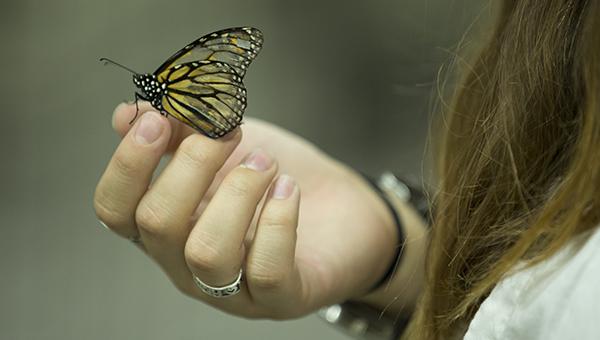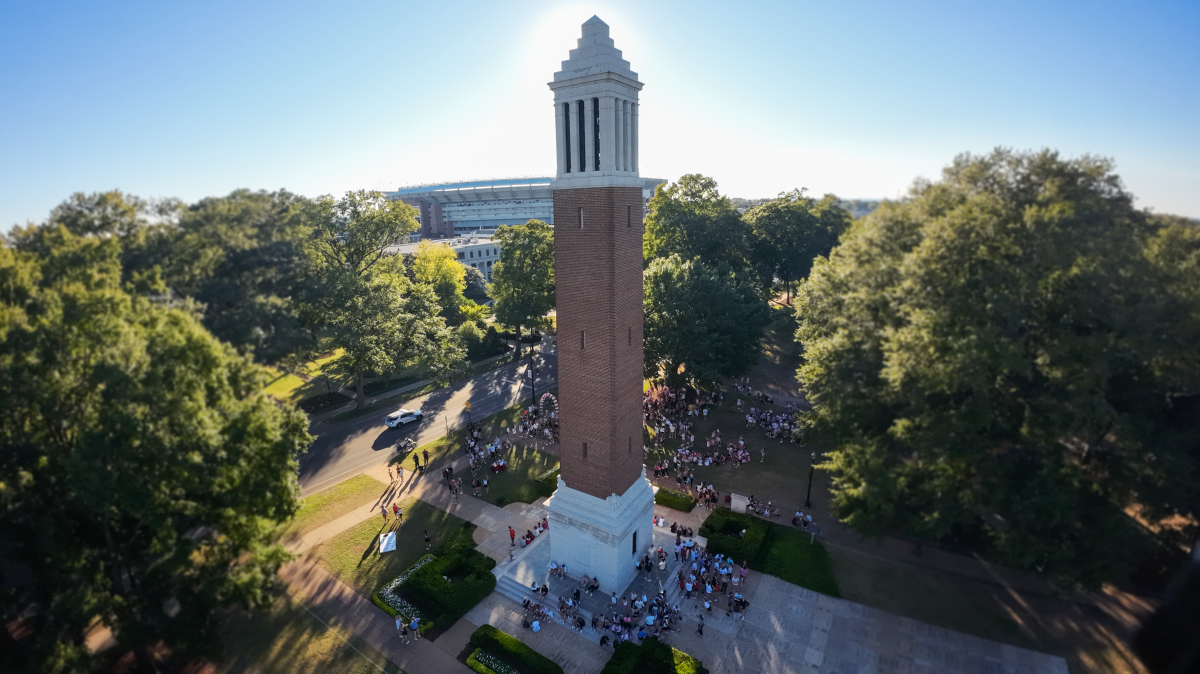“It just always stuck in my thoughts. When I came here in 2005 as a new faculty member, I needed to have a new direction for my research,” Lang said. “I [wanted] to investigate this further and see if there’s something that nobody’s discovered.”
Lang’s research into the properties of sharkskin has opened the door for potential applications in overcoming drag, a problem engineers have faced for centuries. Animals like sharks and butterflies have been fighting it for much longer.
“The idea is that we have an engineering problem,” Lang said. “Our benefit then is that if we can discover that mechanism that nature has already evolved, why [do] we have to discover something from scratch?”
In fact, the U.S. Army has worked for decades on reducing drag in helicopter rotor blades, in hopes of allowing helicopters to fly faster. Sharkskin might provide a solution.
“The area of bio-inspired engineering is one that has developed probably very well in the last 15, 20 years,” she said. “There’s more cross-collaboration now.”
Initially, biologists recruited engineers to help investigate the finer points of animal function, but there has proved to be potential for engineers to recruit an existing design for man-made technology.
“It’s looking at [animals’] special qualities and seeing if we can get something from that for engineering,” Will Schreiber, associate professor of mechanical engineering, said.
The scales of a butterfly have a unique structure that also reduces drag. Schreiber worked to create models that would allow for accurate insight into data Lang is collecting in conjunction with a University of Alabama at Huntsville facility where live butterflies can be tested.
“We hope to see that as we fly them around, they’re flying more efficiently with their scales than without,” Lang said. “That’s confirmed to some extent, [and] that tells us let’s keep looking.”
Lang and her team will eventually start attempting to mimic the structures on a large scale, with the help of 3-D printing facilities at the University.
The challenge with butterflies, as it was with sharks, has been figuring out where to focus the attention.
“We’ve come up with a hypothesis as to how we think the scales of the butterfly are functioning and then we try to take what is a very complex flow in a butterfly wing … and we try to simplify that down to a more easy case where we want to identify a particular aspect,” Lang said.
Even within the subject of drag, there are multiple mechanisms and types of drag, making it important that the project involves Lang, Schreiber and biologists like John Yoder, associate professor of biology.
“You really need to bring experts to the table on all aspects of the project,” Lang said. “Everybody’s just going to bring their expertise.”









